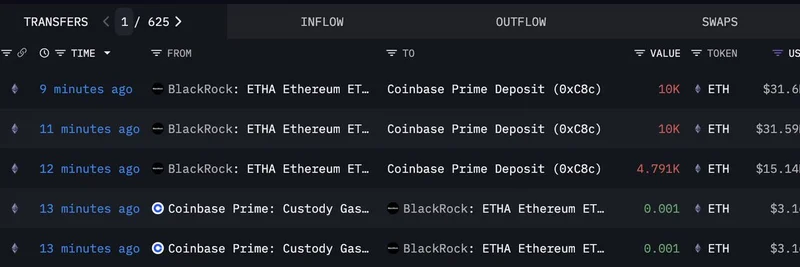Hey there, meme coin enthusiasts and blockchain buffs! If you’ve been keeping an eye on the crypto world, you might have stumbled across a tweet from Max Resnick that’s got everyone talking. Posted on July 2, 2025, at 13:09 UTC, Max dropped a bombshell: a new amendment to a “big beautiful bill” could ban work on low latency, high bandwidth blockchains. Let’s dive into what this means, why it matters, and how it ties into the wild world of meme tokens and beyond.
What’s This Amendment All About?
For those new to the game, “low latency” refers to the speed at which a blockchain can process transactions—think of it as how quickly you can send a meme coin to your buddy without waiting ages. “High bandwidth” means the network can handle a ton of transactions at once, which is crucial for scaling projects like Solana or even emerging tokens. Max’s tweet suggests that this amendment could put the brakes on developing these fast, efficient blockchains, and the crypto community is understandably freaked out.
The tweet came with an eye-catching image—a dollar bill redesigned with an “ATTENTION” symbol and a watchful eye. This ties into a follow-up post by Björn CyBorg, who hints that this could be linked to the ATTENTION token, a project aiming to tokenize… well, attention itself. More on that later!
The Buzz in the Thread
Max’s post sparked a flurry of reactions. Some folks, like Lobah_Crypt, asked for sources—fair point, since no official link was dropped. Others, like Brennan Watt, tried to lighten the mood, joking that Solana might still be safe because it’s “slow” (a playful jab at its 20ms slot times). There were also memes—like the hilarious image of a certain politician giving a cheeky gesture—showing the community’s mix of frustration and humor.
The thread also touched on technical angles. Mesh Clans mentioned Solidity (a programming language for Ethereum), hinting that devs might need to pivot. Meanwhile, defido and MillionXsniper threw in some cryptic links and hashtags, suggesting this could shake up the meme coin ecosystem.
Why This Matters for Meme Tokens
At Meme Insider, we’re all about keeping you in the loop on meme tokens and blockchain trends. Low latency blockchains are a big deal for meme coins because they allow for quick trades and low fees—perfect for the fast-paced, hype-driven world of tokens like Dogecoin or Shiba Inu. If this amendment passes, it could slow down innovation, making it harder for new meme projects to launch or scale. Plus, with attention being tokenized (thanks, ATTENTION token!), it raises questions about how regulators view these creative uses of blockchain tech.
The Bigger Picture
This isn’t the first time governments have eyed crypto regulation. According to Global Legal Insights, the U.S. SEC has been tweaking rules to fit blockchain into existing laws, like redefining “exchange” and “dealer.” States are also jumping in, with places like Florida adding licenses for crypto businesses. This amendment could be part of that trend, aiming to control high-speed networks that might challenge traditional finance.
But here’s the kicker: low latency blockchains like Solana are praised for their efficiency—handling thousands of transactions per second with minimal energy use. Shutting down development could stifle progress, especially for projects pushing boundaries with tokens tied to attention or other novel ideas.
What’s Next?
As of 10:02 PM +07 on July 2, 2025, we’re still waiting for official confirmation of this amendment. The crypto community is buzzing, and Meme Insider will keep you posted. Whether you’re a developer, a trader, or just a meme coin fan, stay curious and check back for updates. What do you think—will this kill innovation or just force a pivot? Drop your thoughts in the comments!



